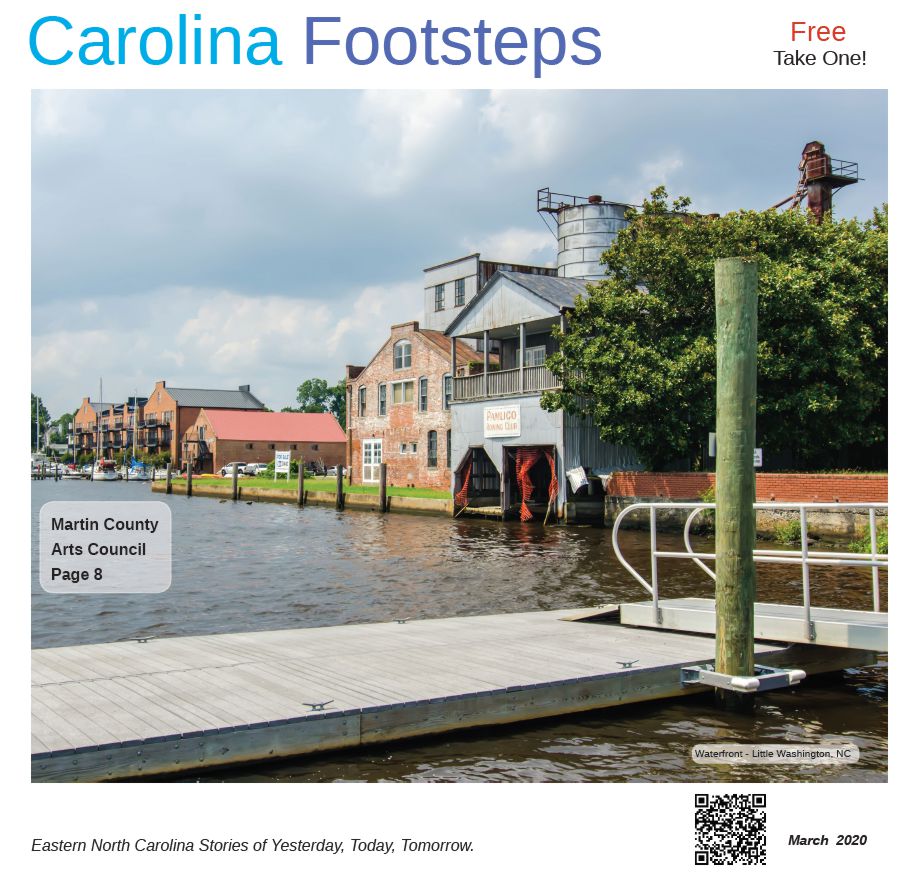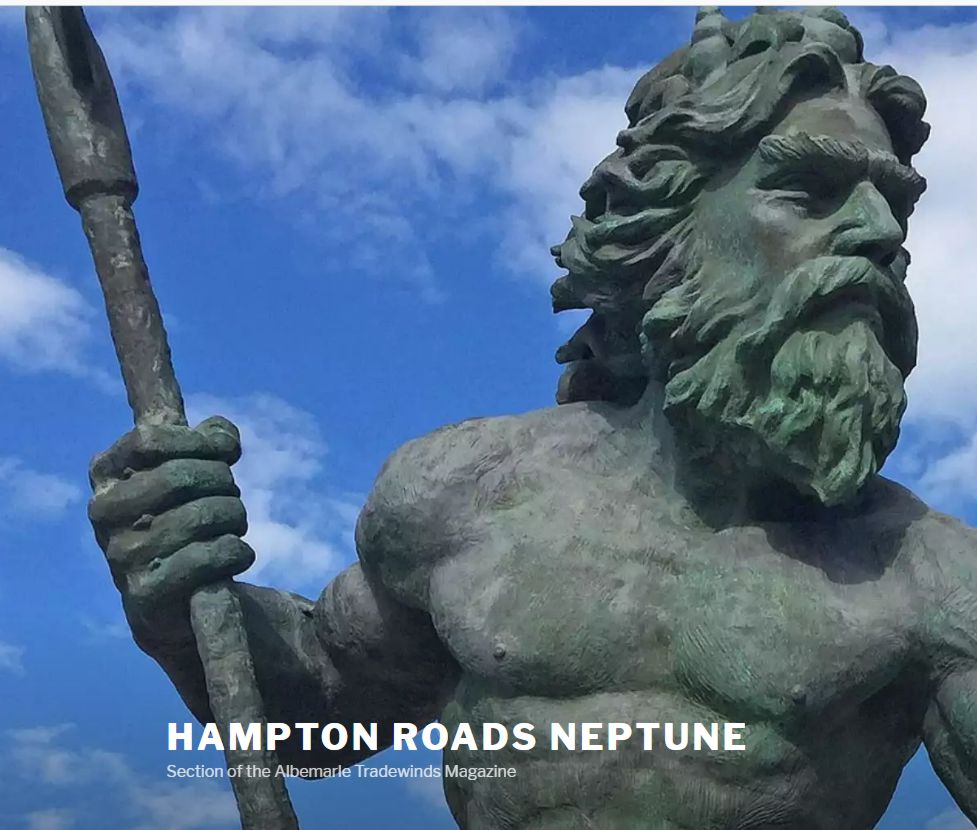 Globally, an increasing number
of countries and cities are committed to becoming more economically,
environmentally and socially sustainable. However, most of these
countries face unrelenting economic challenges that sabotage efforts
to make progress towards sustainable goals. Some of these communities
have suffered decades of job losses as well as decline in population
which has left them with high numbers of vacant properties, such as
abandoned houses, former industrial sites or shuttered shopping
malls. Although, these properties will eventually be redeveloped,
alternate reuse options may be the best solution for the large number
of greyfields and brownfields. (See
glossary)
Globally, an increasing number
of countries and cities are committed to becoming more economically,
environmentally and socially sustainable. However, most of these
countries face unrelenting economic challenges that sabotage efforts
to make progress towards sustainable goals. Some of these communities
have suffered decades of job losses as well as decline in population
which has left them with high numbers of vacant properties, such as
abandoned houses, former industrial sites or shuttered shopping
malls. Although, these properties will eventually be redeveloped,
alternate reuse options may be the best solution for the large number
of greyfields and brownfields. (See
glossary)
Out
of all the viable reuse alternatives, solar energy development is one
of the most promising. In fact, public officials, planners and policy
advocates have identified renewable energy projects as possible
tactics for managing previously developed but vacant land. And
developers can play a vital role in helping their communities review
and embrace solar energy development and management of vacant land.
This is why the recovery of unproductive brownfields has become a key
subject for federal, state, and local governments as well as for law
firms and real estate developers. Many polluted brownfield sites have
remained unproductive for several years due to the high cost of
cleaning and uncertainties surrounding these sites. In recent years,
many programs have been launched to assist planners interested in
cleaning up brownfield sites and redeveloping them for productive
use.
Why
Solar Energy?
Unlike
other sources of renewable energy, solar energy is relatively popular
because they are more adaptable to site constraints and also due to
the incidence of the solar resource in many districts. Regardless of
where the energy is used either sold to the grid or on site; solar
redevelopment reduces the emission of greenhouses gases as well as
the demand for fossil fuels. Moreover in communities with a higher
percentage of vacant lands and properties, solar installations
improve appearances and reduce blight. Solar construction and
installation also has the benefit of boosting the local economy by
creating green-collar jobs, and in cases where a solar redevelopment
project involves clearing-out a polluted site, it has advantage of
improving the natural environment and decreasing risks to public
health. Reusing already contaminated land for solar project
redevelopment reduces the pressure to build solar projects in desert
habitat, open spaces, or on farmland. “Brownfields” exemplify an
opportunity to invest in solar projects without having to worry about
the environmental impacts. Going solar also has the added benefits of
generating huge savings and facilitating the quicker adoption of
renewable energy. Consider some of the outstanding projects in
different parts of the country:
-
Chicago - Exelon City urban solar plant is the largest in the United States. It was developed on an industrial site that has been vacant for almost three decades. The solar plant enhances the beauty of the community, creates jobs, generates clean energy and bolsters economic development.
-
Nevada – The Air Force Base in Nellis Nevada developed a solar plant that is intended to supply more than a quarter of the base’s energy. This solar plant is the largest on any US military base.
Identifying
Potential Sites
The most important prerequisite
for solar redevelopment in different location is access to sunlight,
and there are some factors that can impact this access to sunlight.
Generally, the regional climate and latitude determines the gross
quality and quantity of sunlight available. On-site and nearby
topographic features, building, tress can also significantly limit
the light penetration on a specific site.
On
a large scale, the EPA (Environmental Protection Agency) provides
state and national maps that indicate the variability in the quality
of solar resource varies across large areas. The National Renewable
Energy Laboratory's (NREL) also provide an online PV Watts calculator
that estimates the monthly and annual energy production based on
system characteristics and user-selected location. Apart from these
tools, Google has also created an initiative to help identify sites
that are suitable for solar installations. This project is referred
to as Project Sunroof. Project Sunroof leverages the visual data from
Google Maps to create 3D models of the amount of sunlight that falls
on a roof. To ensure the data provided is accurate, the tool
considers the relative positions of the sun at different times of the
year, the weather pattern as well as physical obstructions such as
tall buildings and trees. This data can help users to estimate
whether or not it will be beneficial to install a solar panel on
their roof and see how much solar power they can generate if they
choose to install the solar panel. Project Sunroof can also give you
the percentage of buildings (both residential and commercial) that
are solar-viable, the average roof space and total C02 reduction
viability as well as the total electrical generating capacity.
According to an insightful statistics from Google’s
Project Sunroof relating to solar energy opportunities in the
US, more than 80% of all rooftops analyzed are technically viable for
solar. This indicates that those rooftops have sufficient unshaded
area for solar panels installation.
Bottom
line
The
concept of reusing land for solar energy projects has become more
popular in recent years. Solar redevelopment can reduce environmental
pollution and limit the demand on fossil fuels especially in
communities with surplus of brownfields or greyfields. However, due
to the huge capital investment required for solar equipment as well
as the hazards associated with contamination on brownfield
properties, potential developers may be reluctant to redevelop such
properties. Therefore there’s need for countries and cities to
address probable obstacles at each step of the redevelopment process.
Public officials and planners thus have the chance to help their
communities develop ideas for supporting solar development and then
formulate regulations, programs and incentives to implement these
visions.
Glossary
Brownfield
– This is a property which the redevelopment, reuse or expansion
may be complicated by presence or possible presence of a contaminant,
pollutant or hazardous substance. According to estimates, there are
about 450,000 brownfields in the United States.
Greyfield
– This is the term used for a large structure such as a commercial
facility, shopping mall that has been vacant for years. This empty
structure provides home to insects, rodents and other creatures. In
the United States and Canada, greyfield land is economically
underused real estate assets or land.
Grey/brown field land re-purposing -- by Patricia Laddich
 Reviewed by kensunm
on
7:00:00 PM
Rating:
Reviewed by kensunm
on
7:00:00 PM
Rating:
 Reviewed by kensunm
on
7:00:00 PM
Rating:
Reviewed by kensunm
on
7:00:00 PM
Rating:






No comments: